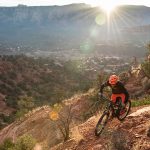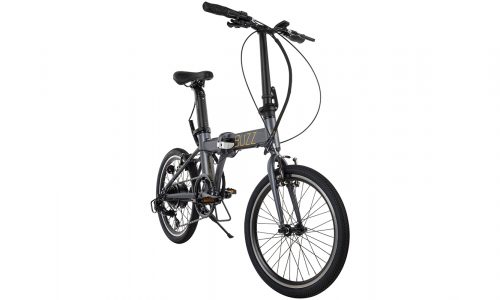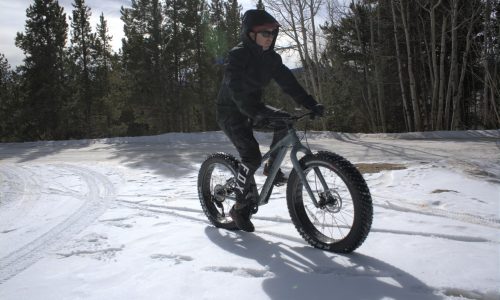Home » Gear Reviews » Biking » Race Face Atlas Pedals
Race Face Atlas Pedals Review
April 23, 2015









 96
96 The Good
- Weight is lighter (355 grams) than most flats
- Angled pins provide great sole grip
- Thin, low-profile design minimizes collisions with trail features
- Durable materials (chromoly steel axle and aluminum body) stand up to abuse
- Expensive
The Bad
- Concave platform improves grip but creates some foot fatigue
The Atlas earned applause from a variety of riders, including bike-park downhillers and cross-country bikers who typically prefer flats for technical singletrack. The pedal is light and grippy, which makes it reasonably efficient on uphills and long-mileage epics. It’s also rugged enough to survive months of punishing park stunts—emerging no worse for wear. Unfortunately, the have-it-all performance comes at a high price (light + thin + strong = expensive).
Construction
The ultra-thin design of the Atlas (14.5mm at its widest), gives it a higher-than-average trail clearance and helps prevent collisions with obstacles. However, when bang-ups did happen, the rugged build of the pedal proved plenty durable. The platform is made of a strong but lightweight 6061-T6 aluminum that didn’t dent or crack after high-speed knocks against granite and sandstone. The axle (made of chromoly steel) proved similarly tough. After several months of testing in bike parks and Moab’s abrasive, sandstone-lined singletrack, the Atlas suffered just a few scuffs.
Features
Twenty hex-headed traction pins (10 per side) provide excellent grip, whether pedaling uphill over rocky singletrack or airing over gaps in the park. The platform is particularly wide, which creates a secure, confidence-inspiring connection with the shoe, however the angled edges keep it from feeling too bulky. Subtle concavity (on both sides of the platform) cradles the ball of the foot and contributes to that super-secure shoe/pedal connection, especially given how the perimeter pins are angled (they tilt inward rather than perpendicular from the platform to better bite into the shoe’s sole).
Efficiency
Light and supremely grippy, the Atlas proved nearly as efficient as clipless designs on technical cross-country riding. It’s ideal for long-mileage, all-mountain riders as well as freeriders that gotta crank up to get down.
Comfort
The double-concave platform improves grip, but contributed to some eventual foot fatigue for testers wearing shoes with soft, flexible soles; they had to regularly shift their foot position on the pedals to tame hot spots. Testers who wore stiffer-soled shoes (like the 5.10 Sam Hill) felt no discomfort.
Value
It’s tempting to ding the Atlas for being expensive, yet the investment yields a high return; these pedals are low-profile and light, yet also ultra-tough and grippy. The extra dollars get you no-compromises performance.
















